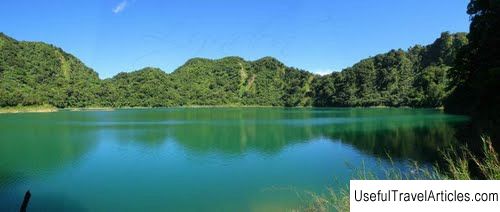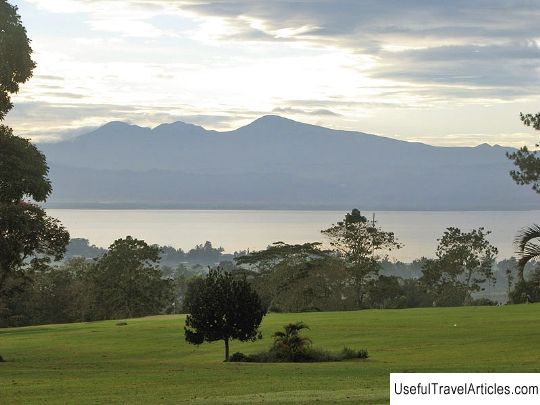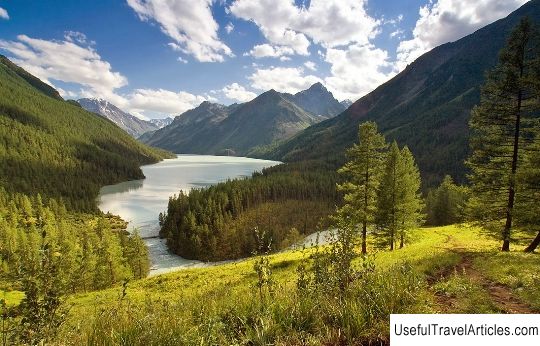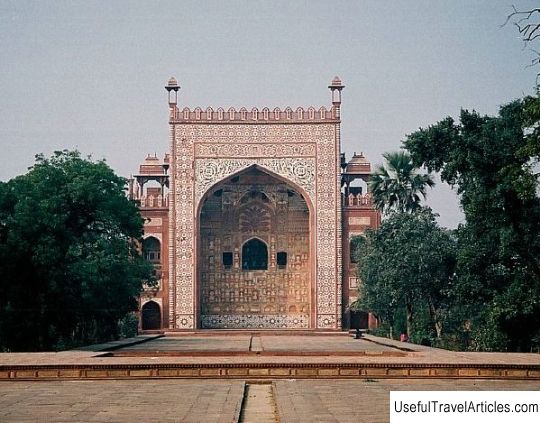Lake Laguna-de-Bay description and photos - Philippines: Luzon Island
Rating: 7,9/10 (200 votes) 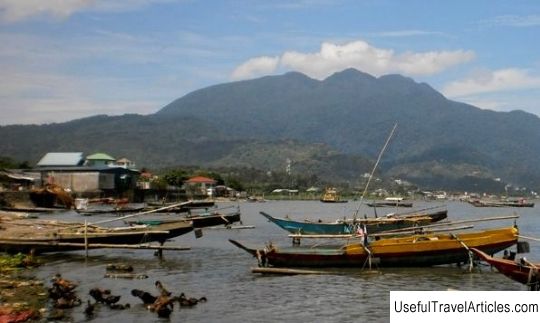
Laguna-de-Bay lake description and photos - Philippines: Luzon Island. Detailed information about the attraction. Description, photographs and a map showing the nearest significant objects. The name in English is Laguna-de-Bay. Photo and descriptionLaguna de Bay Lake is the largest lake in the Philippines, located on the island of Luzon. Its area is 949 square kilometers, which makes it also the third largest freshwater lake in Southeast Asia. The maximum length of the lake is 41 km, width - 36 km. The average depth of the lake is small - only 2.8 meters, but the maximum depth reaches 20 meters. 21 rivers flow into the Laguna de Bay, and only one flows out - the Pasig, dividing the capital of the country Manila into two parts. There are two islands on the lake - Talim and Wonder. Talim is famous for its bamboo thickets, from which the locals make various furniture. There are two churches on the island - the parish of Santo Domingo in the town of Chanosa and the parish of the Virgin Mary of Lourdes in the town of Navotas. However, the most famous landmark of Talim is the Virgin's Chest Mountains - two huge conical hills resembling a woman's chest. Lake Laguna de Bay got its name from the town of Bay, located on its shore. The locals simply call it Laguna - hence the name of the Luzon province of Laguna. In the pre-Hispanic period, the lake was known as Puliran Kasumuran and later as Pulilan. It is believed that the lake was formed as a result of two large volcanic eruptions that occurred about a million years ago and about 27-29 thousand years ago. On the southern coast of Talim Island, you can see evidence of the volcanic history of the Lagoon - Maar explosion craters. Today the lake is used for various purposes, primarily for the navigation of passenger ships. It is also a source of water for the nearby hydroelectric power plant and agricultural enterprises. Recreational activities and fishing are developing on the shores of the lake. The quality of the Lagoon's water and its general condition are carefully monitored due to the exceptional importance of this freshwater source for the development of the surrounding regions. Laguna de Bay has had a huge impact on the culture of the peoples who lived on its shores - traces of this influence can be seen everywhere, from folk medicine to architecture. For example, earlier it was customary to immerse children with nosebleeds at dawn in the waters of the lake at dawn. And for the roofing of the roofs of traditional Filipino houses, "nipa" used to be bamboo growing on the banks of the Laguna.        We also recommend reading Mausoleo di Ciano description and photos - Italy: Livorno Topic: Lake Laguna-de-Bay description and photos - Philippines: Luzon Island. |
